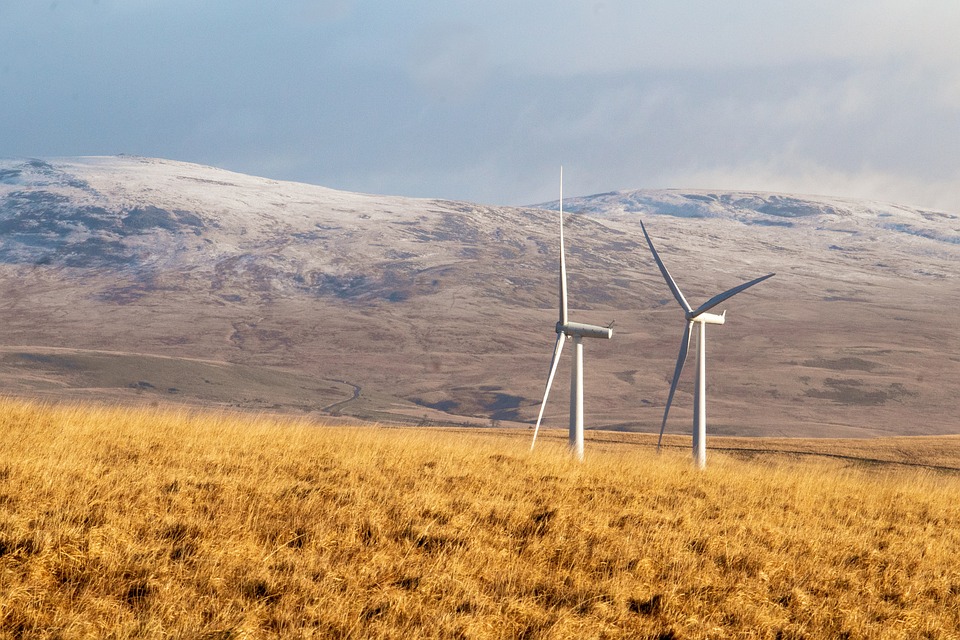Climate of South Korea
South Korea’s climate is characterized by its distinct four seasons, influenced by both continental and maritime factors due to its geographical location in East Asia, bordered by the Yellow Sea and the Sea of Japan. Understanding the climate is essential for residents, travelers, and agricultural practices, as it significantly impacts lifestyle and activities throughout the year.
Overview of South Korea’s Climate Zones
– Temperate Climate Classification: South Korea primarily exhibits a temperate, humid climate according to the Köppen classification. This includes a mix of cold winters and hot, humid summers.
– Regional Variations: The climate varies significantly across regions:
– Northern Regions: Experience cold winters with significant snowfall.
– Central Regions: Have milder temperatures and less extreme weather.
– Southern Regions: Exhibit subtropical characteristics with hot, humid summers and mild winters.
– Coastal vs. Inland: Coastal areas tend to be milder in winter compared to inland regions.
Seasonal Climate in South Korea
– Winter (December to February):
– Cold, dry conditions prevail due to Siberian winds.
– Average temperatures can drop below freezing, especially in northern areas, with January being the coldest month.
– Snowfall occurs primarily in mountainous regions, while air quality can be affected by seasonal fine dust.
– Spring (March to May):
– Mild temperatures with increasing sunshine; average daily temperatures range from 15°C to 18°C.
– The season is marked by cherry blossoms and occasional yellow dust storms from the Gobi Desert.
– Summer (June to August):
– Characterized by hot and humid weather, with temperatures often exceeding 30°C.
– The summer monsoon (jangma) brings heavy rainfall, contributing to about 60% of the annual precipitation.
– Typhoons can occur, leading to thunderstorms and flooding.
– Autumn (September to November):
– Cooling temperatures with clear skies and vibrant fall foliage.
– This season typically features low rainfall and is considered ideal for outdoor activities and festivals.
Key Climate Influences in South Korea
– Monsoon (Jangma) Season: The summer monsoon significantly influences rainfall patterns, bringing warm, moist air that results in heavy precipitation from late June through late July.
– Proximity to Siberia: Cold winds from Siberia dominate winter weather patterns, leading to lower temperatures across the country.
– Surrounding Seas: The Yellow Sea and Sea of Japan moderate coastal temperatures, making them milder compared to inland areas.
Rainfall and Humidity Patterns
– South Korea experiences annual precipitation levels ranging from approximately 900 mm to over 1,800 mm depending on the region. Most rainfall occurs during the summer months due to monsoonal influences.
– Humidity levels peak in summer, contributing to discomfort during this season. Regional differences exist, with southern coastal areas receiving more rainfall than northern inland regions.
Climate Change Impacts on South Korea
– Observed Changes: South Korea has seen an increase in average temperatures by about 1.5 degrees Celsius over the last century. This has led to warmer winters and hotter summers.
– Future Projections: Increased risks of heatwaves, heavier monsoon rains, and more frequent typhoons are anticipated due to climate change.
– Government Initiatives: Efforts are underway for climate adaptation and urban resilience strategies to address these changes.
Best Times to Visit South Korea Based on Climate
– The ideal times for travel are generally spring (April to June) for cherry blossoms and autumn (September to November) for stunning foliage.
– Summer is popular for beach festivals but can be hot and humid; winter offers opportunities for skiing but is quite cold.
FAQs
– How cold does it get in South Korea in winter?
Winter temperatures can drop below freezing, particularly in northern regions where it can reach as low as -20°C.
– When is monsoon season in South Korea?
The monsoon season typically occurs from late June through late July.
– What is the hottest month in South Korea?
August is usually the hottest month with average temperatures around 25°C to over 30°C.
– Does it snow in South Korea?
Yes, snowfall occurs mainly in winter months, particularly in northern and mountainous areas.
– How does South Korea’s climate vary by region?
Northern regions experience colder winters; central areas are milder; southern regions have subtropical climates with hot summers.
Conclusion
South Korea’s diverse climate is shaped by its geographical features and seasonal variations. Understanding these climatic patterns is crucial for effective travel planning, lifestyle adjustments, and resilience strategies against climate change impacts.

Kyle Whyte is a notable scholar and professor at the University of Michigan, holding positions such as the George Willis Pack Professor in the School for Environment and Sustainability and Professor of Philosophy. Specializing in environmental justice, his work critically examines climate policy and Indigenous peoples’ ethics, emphasizing the nexus between cooperative scientific endeavors and Indigenous justice. As an enrolled Citizen Potawatomi Nation member, he brings a vital perspective to his roles as a U.S. Science Envoy and member of the White House Environmental Justice Advisory Council. His influential research is supported by various prestigious organizations including the National Science Foundation, and disseminated through publications in high-impact journals. Kyle actively contributes to global Indigenous research methodologies and education, with affiliations to numerous institutes and societies dedicated to traditional knowledge and sustainability. Recognized for his academic and community engagement, Kyle has earned multiple awards and served in various visiting professorships. His efforts extend to leadership positions on boards and committees focused on environmental justice nationwide.
